5 SUVs the Kia EV9 Will Compete With

The thing about being first to market is you don’t technically have competition.
That’s the case for the 2024 Kia EV9. When we finally drove the hugely anticipated three-row, non-luxury-brand EV earlier this month, even brand reps struggled to come up with direct competitors. We know that just about anybody shopping a mid-sized SUV around $60,000 or so is unlikely to be looking at a single vehicle however, so we’ve rounded up five competitors that we believe are the new kid’s toughest adversaries.
Keep in mind that we’ve included pre-rebate pricing below, as it both varies between regions, and is likely to change when EV9 production moves Stateside. All prices include destination.
Kia Telluride
Let’s get the obvious one out of the way first. Kia already makes a larger three-row SUV that is both critically and commercially successful. The Telluride has a massive price advantage too, at least in the US: load it up and even in the top X-Pro AWD setup it’ll run to $54,550, just about three grand shy of where the EV9 even starts. The most affordable big-battery EV9 rings in at $60,695, while AWD means at least $65,395.
But that’s not the story in Canada, where the long-range, rear-drive EV9 actually undercuts the top Telluride: $64,945 CAD against $65,644 CAD. Meanwhile the AWD, 376-horsepower model is $66,945 CAD before options.
Yes, going for the long-range rear-drive EV9 means you’re then getting just 201 hp from the electric option, but consider that the EPA expects you to save $8,750 in gas over five years of ownership compared to the Telluride AWD—including expected charging costs—and the EV9 argument gets stronger. It also rides better than any Telluride we’ve driven.
Acura MDX
The EV9 inches Kia ever closer into the premium space, and that means premium competition. We don’t think the EV9 will be worrying the Germans quite yet, but of the rest of the pack, the MDX moves the biggest numbers.
Like the Telluride, the MDX comes with a big naturally-aspirated V6 good for around 300 horsepower. The lineup kicks off with the front-drive base model at $51,045 in the US, and $67,275 CAD in Canada with standard AWD. There is the option of the performance-oriented Type S which, among other things, swaps in a more powerful, 355-horsepower turbo V6. American buyers have the choice of the $69,345 Type S and $74,695 Type S Advance; Canada only does the top trim, dubbed Type S Ultra, at $88,275 CAD. The top-trim EV9 GT-Line? $75,395 in the US or $80,945 CAD north of the border. The Acura has the sportier feel, more traditionally luxurious cabin (read: lots of leather) and the better sound system. MDX buyers are saddled with one of the most frustrating infotainment systems in the business and a tight third row.
Jeep Grand Cherokee L
If the rugged looks of the EV9 are one of the main reasons you’re digging it, why not look at the rugged brand? The Jeep Grand Cherokee L offers up impressive levels of off-road prowess for something so large. The cabin can be super-swanky in the higher trims, and the third-row experience is kind of great.
There are two big limiting factors facing the three-row L, however: it misses out on both the Trailhawk trim and 4xe powertrain available in the two-row model. The former would give the Jeep a serious advantage off-road, while the latter would bolster its environmental credentials—even if the 4xe powertrain isn’t exactly the most refined PHEV setup out there. As is, much like the Telluride, the Jeep Grand Cherokee L’s V6 powertrain is its biggest weak spot.
Pricing for Jeep’s largest unibody offering begins at $43,830 for the rear-drive Laredo, or $45,830 ($60,515 CAD) with AWD. Once you hit the Overland AWD ($68,790 / $76,915 CAD), the Hemi V8 becomes an option for $3,995 ($3,695 CAD). What extra power and inspiring soundtrack it adds, it also drains the wallet: the EPA estimates the V8 would cost owners a shocking $13,500 in fueling costs over the EV9.
Rivian R1S
In the same vein as other electric upstart Tesla, we don’t subscribe to the idea that Rivian is a luxury brand. Both the R1T and R1S are just too rugged, too adventure-oriented for that. These American options sure do have premium pricing though—the absolute most affordable R1S rings in at a reasonably-close-to-EV9 $79,800. For that money, folks will find quite a lot of vehicle: even the basic dual-motor R1S boasts 533 horsepower and 260 miles (418 km) of range. The R1S interior is a bit like the EV9's too, with a focus on sustainable materials and a light, airy feel. Its third row is also merely fine.
Canadian pricing is simply not comparable, however: the R1S starts from $116,500 in the land of Tim Horton’s and simply goes up, as every option has a 50-percent higher price tag associated with it than the equivalent US value.
Volvo EX90
The Volvo EX90 might just be the closest competitor to the EV9—it’s just not quite out yet. Not only are they essentially the same size, but both of these electric vehicles play just a little south of the established luxury brands. Volvo’s been occupying this space for years, and that’s reflected in the EX90 starting price of $77,890. That does net buyers a more powerful (402 hp) and longer-range (300 mile / 483 km) SUV though, with a towing rating just 150 lb shy of the EV9 at 4,850 lb. This being a Volvo, expect whole heaps of helpful safety kit.
Like the Rivian, the Volvo is a much tougher sell in Canada, where its starting price is going to be closer to $110,000 before destination.
The other guys
As it turns out, it’s pretty easy to come up with EV9 competitors. Other options that could’ve made the list, based on proximity in price and size, include the Mazda CX-90, Cadillac XT6, Toyota Grand Highlander, Lexus TX, and more.
We’re looking forward to setting up some of these face-offs ourselves in the new year.
Become an AutoGuide insider. Get the latest from the automotive world first by subscribing to our newsletter here.

Kyle began his automotive obsession before he even started school, courtesy of a remote control Porsche and various LEGO sets. He later studied advertising and graphic design at Humber College, which led him to writing about cars (both real and digital). He is now a proud member of the Automobile Journalists Association of Canada (AJAC), where he was the Journalist of the Year runner-up for 2021.
More by Kyle Patrick




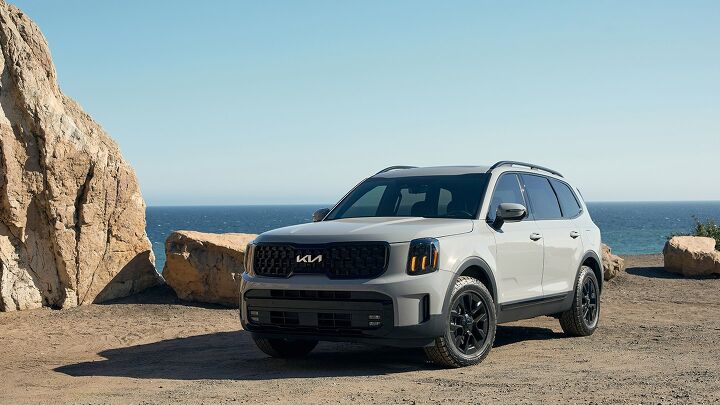

















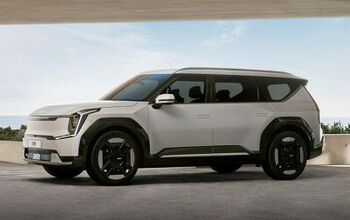
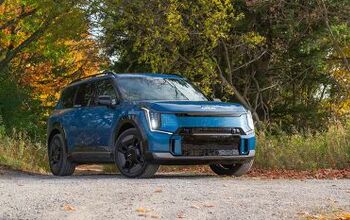
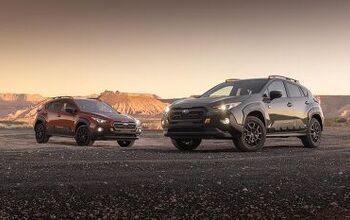
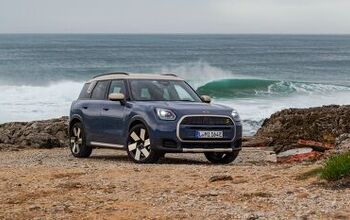



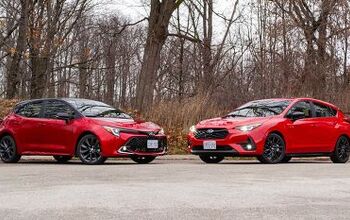

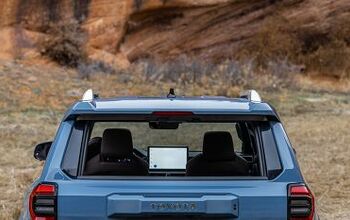



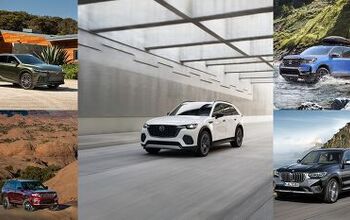

Comments
Join the conversation